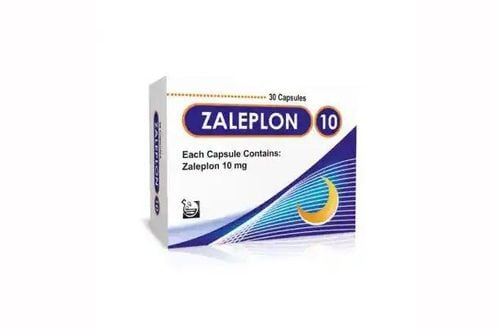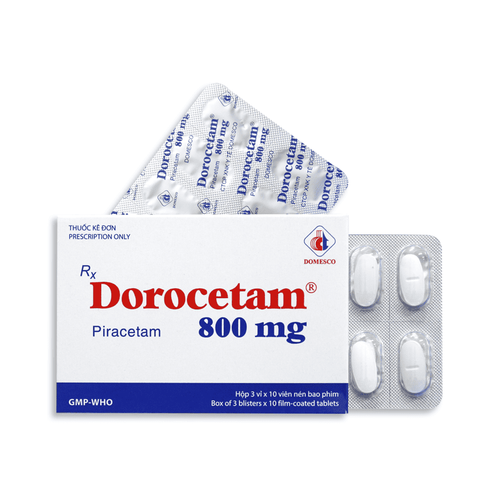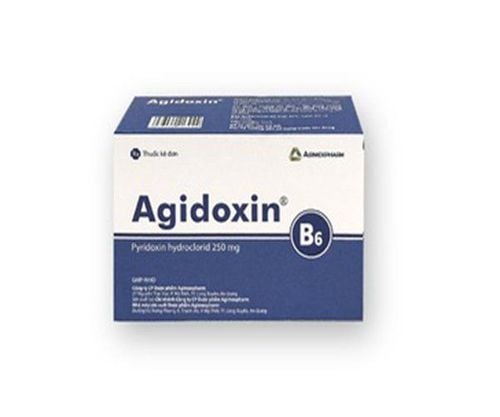This is an automatically translated article.
The article is professionally consulted by Dr., Dr. Ton That Tri Dung - Head of Department of Medical Examination & Internal Medicine - Department of Medical Examination & Internal Medicine - Vinmec Danang International HospitalIncreased intracranial pressure is a fairly dangerous disease syndrome that can be life-threatening if not treated promptly. This is an increase in pressure around the brain that occurs due to an increase in the amount of fluid.
1. Symptoms of increased intracranial pressure
People with the following symptoms should immediately think of the syndrome of increased intracranial pressure and need to be examined to accurately diagnose the condition and promptly treat:
Headache Nausea Vomiting Increased blood pressure Decreased abilities Mental confusion Confusion over time, then position and people around as pressure increases Double vision Diplopia unresponsive to changes in light Shallow breathing Convulsions Loss of consciousness Coma Raised intracranial pressure may have clinical signs of papilledema, which is not an early symptom of increased cranial pressure, it is a later symptom and resolves after and when the pressure increases If the intracranial cavity becomes severe, this will manifest as loss of vision and secondary optic atrophy.

Tăng áp lực nội sọ gây nhức đầu
2. How dangerous is increased cranial pressure?
People with increased intracranial pressure will face abnormal eye symptoms such as eye movement disorders due to damage to cranial nerves III, IV, VI on one or both sides. In children, the eyes often show protrusion, visual disturbances, and visual field problems.
Injuries to other cranial nerves such as cords I, V, VII, VIII, XI cause damage accompanied by disturbances of consciousness at different levels. Patients with increased intracranial pressure may fall into a state of sleep, but when called, the patient is always awake and responds correctly, the mood changes, the worst is prolonged coma.
Breathing disorders: Patients with increased intracranial pressure when awake often have signs of yawning more, more severe can see patterns of breathing disturbances due to damage to the respiratory center in the pons - medulla oblongata. breathing patterns such as mechanical ventilation, Cheyne - Stockes breathing, Biot breathing, ataxia and gasping. In addition, the doctors also found that about 30% of patients with TALNS had pulmonary edema due to neurogenicity. Cardiovascular disorders due to damage to the periphery, brainstem, thalamus, and cortex. The most obvious manifestation is hypertension in the early stages of increased intracranial pressure, which patients often subjectively ignore. If the increased intracranial pressure is prolonged, the blood pressure will decrease first, then the maximum blood pressure will decrease, and the pulse will be dangerously slow. Hypothermia: Increased intracranial pressure in the decompensated stage, with a tendency to worsen with a near-prognosis of respiratory failure and cardiovascular collapse, will cause the manifestation of hypothermia. The patient's body temperature can rise rapidly and cool down quickly, when the body temperature falls below 34 degrees is a sign of danger indicating damage due to increased intracranial pressure and is very unlikely to recover. Gastrointestinal dysfunction such as vomiting, intestinal obstruction, and frequent abdominal pain should also be considered in patients with increased cranial pressure. Bladder dysfunction is a symptom of focal neurological damage in the presence of a tumor. Paracentral region, frontal tumor, in addition to increased intracranial pressure can also cause sphincter disorders.

Khi bị tăng áp lực sọ người bệnh cần khám và điều trị sớm
3. Complications of increased intracranial pressure
Dangerous complications of increased intracranial pressure syndrome are complications of brain tissue shift, which manifest as microcerebral herniation, commonly in the following forms:
Herniation of the tongue into the inter-hemispheric cistern Hernia through the tent or central hernia Herniation of the hook gyrus through the upper angle of the cerebellar tentacle Herniation of the cerebellar amygdala into the occipital foramen Besides, it is impossible not to mention the complication of torsion of the brain stem causing secondary damage and severe symptoms clinically significant, threatening the patient's death.

Tăng áp lực nội sọ gây nhiều biến chứng nguy hiểm
4. Treatment of raised intracranial pressure
The most urgent goal of treatment for patients with increased intracranial pressure is to reduce pressure on the inside of the skull, followed by treatment of the underlying medical cause.
Effective treatments to reduce pressure in the skull include draining the fluid with a tube that bridges through a small opening in the skull or through the spinal cord. The combined use of the drugs mannitol and hypertonic salts can reduce intracranial pressure. Less common cranial hypertension treatments may also be used depending on the patient's specific condition, such as removing part of the skull, using anesthetics, freezing or reducing the body. heat...
Intracranial hypertension syndrome should be diagnosed and detected early by laboratory methods. When having the above signs, the patient should go to the hospital for an accurate examination and diagnosis in the following ways:
The doctor does a clinical examination, neurological examination, checks the senses, balance and mental state Lumbar puncture to measure spinal fluid pressure in the brain CT scan is a golden diagnostic that creates cross-sectional images of the brain and head area to accurately diagnose the condition. Magnetic resonance imaging (MRI) to detect changes Subtle changes in brain parenchyma... Vinmec International General Hospital with a system of modern facilities, medical equipment and a team of experts and doctors with many years of experience in medical examination and treatment neurological, patients can completely rest assured examination and treatment of increased cranial pressure at the hospital.
To register for examination and treatment at Vinmec International General Hospital, you can contact Vinmec Health System nationwide, or register online HERE.














